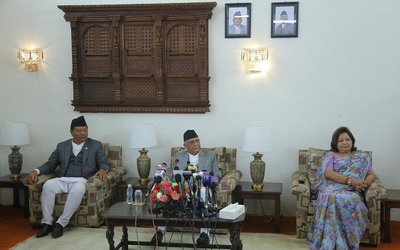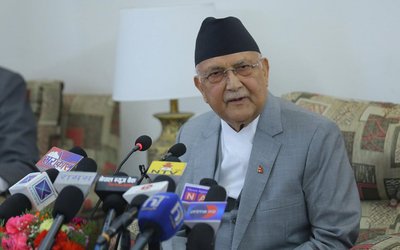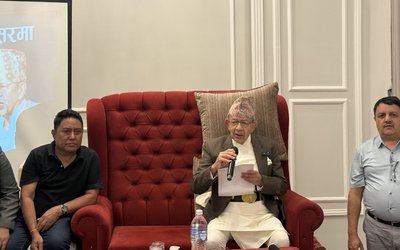In South Asia diabetes is becoming the new scourge. The incidence of diabetes is indeed increasing worldwide, but it will have a greater impact in this region because of a lack of facilities and health insurance that is generally prevalent in South Asia. Diabetes is not a stand- alone disease because it affects all the other organs in the body. With infectious diseases, you can take effective drugs for usually a finite period of time and you may be cured of the disease. For example from typhoid to tuberculosis ( both very common diseases in South Asia), antibiotics if taken for a certain period of time will do the job. Unfortunately with metabolic diseases like diabetes, the problems linger on and treatment with close monitoring needs to continue for the rest of one’s life.
Diabetes Mellitus manifests as increased blood sugar in the patient,and it is so rampant in Nepal that even “nuances” in the treatment have become important. Some years ago a robusttrial( United Kingdom Prospective Diabetes Study, UKPDS) in over 5000 diabetic patients revealed that with ‘tight” blood glucose control, eye problems, kidney problems and nerve problems were significantly decreased. The study population was Type 2 diabetics just like the vast majority of diabetics seen in Nepal, who are affected by the disease(not early but later in their lives).
As we are increasingly starting to find out in Nepal, uncontrolled diabetes more commonly requires dialysis due to kidney failure, eye surgery for retinal hemorrhages, and even amputations for nerve and vasculature related problems. In other words conscientiously controlling blood sugar leads to fewer complications of the kidneys, eyes and nerves. In medical parlance these are called “microvascular” complications. Unfortunatelyin medicine what may seem to be anobvious cause ( high blood sugar) and effect ( complications) does not always pan out.
Indeed, as revealed in the same UKPDStrial what the tighter control of blood sugar did not do was decrease “macrovascular” complications in other important organs that diabetes has a serious impact on, namely the heart and the brain. So, despite a good control of blood sugar, the rates of heart attacks and strokes in these patients did not improve, although there was a decrease in kidney and eye problems. However, there was a silver lining in the study.
Hypertension or high blood pressure usually goes hand in hand with diabetes. Hypertension is an important risk factor for both heart attacks and strokes. So, those diabetics in the study who had proper control of blood pressure clearly had fewer strokes and heart attacks independent of their blood glucose control.
The “take home message” for diabetics is that it is important to keep both the blood pressure and blood glucose under proper controlso that the important organs( including the heart, brain, eyes, kidneys) that diabetes affects are protected. Furthermore, unlike high blood sugar in a patient which usually manifests with excessive urination, thirst, andhunger, high blood pressure may essentially have no symptoms to start with until there is that catastrophic stroke or heart attack.The prevention of both diabetes and hypertension with “way of life”changes also needs to be emphasized.
Finally also important for the diabetic are periodic eye exams to make sure that vision is not compromised as diabetes causes haemorrhages( bleeding) and other problems in the eye.

Buddha Basnyat MD
Buddha Basnyat, MD, MSc, FACP, FRCP, Director of the Oxford University Clinical Research Unit-Patan Academy of Health Sciences, Kathmandu.
- Altitude Sickness
- Feb 20, 2018
- Post-earthquake Nepal: The Way Forward
- Dec 13, 2015
- The Annapurna Sanctuary
- Nov 29, 2015
- Diarrhea at the Summit
- Nov 08, 2015
- Altitude Sickness ( AMS, HAPE, HACE)
- Oct 15, 2015















